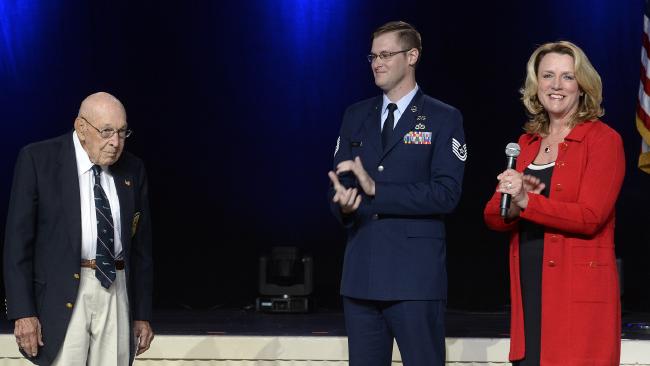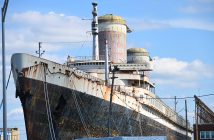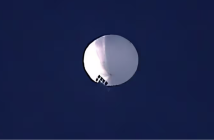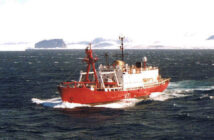The naming of any new aircraft is a big deal, and the stakes are particularly high given it happens so infrequently.
Striking the right balance among history, symbolism and menace without veering into the corny is always tough. The names of the last two bombers, the B-1 Lancer and the B-2 Spirit, weren’t exactly resounding hits.
So all eyes were on what the Air Force would name the B-21 that is under development by Northrop Grumman. Air Force Secretary Deborah James and Gen. David Golfdein, the chief of staff, picked the winner from names submitted by airman service wide.
In front of a packed auditorium at the Air Force Association’s flagship annual conference last week, the new bomber was named the Raider, in honor of Jimmy Doolittle’s daring raid on Tokyo by the last survivor of the mission and one the Air Force’s greatest living heroes, retired Lt. Col. Dick Cole.
The 101-year-old Cole, Doolittle’s copilot, said he as honored and humbled by the gesture, wishing his comrades were alive to share in the moment.
Seven decades earlier on April 18, 1942, Cole sat in the lead ship of 16 Army Air Force B-25 medium bombers that took off from the pitching deck of the aircraft carrier USS Hornet on a one-way mission to strike Tokyo.
The raid, five months after Pearl Harbor, inflicted little damage, but stunned Japan, forcing investment in air defenses while giving Americans a much-needed moral boost after months of bad news.
The Raider will serve as a reminder of one of history’s great missions, a tale of innovation and bravery that continue to inspire.
Now, Northrop and the Air Force must work to deliver on an ambitious requirement – a long-range, stealthy heavy bomber with nuclear capability and ample room for convention strike growth, delivered to a hard cost target of about $500 million apiece.
The new bomber, combined with a new generation of long-range cruise missiles and refurbished nuclear weapons constitutes a critical Air Force capability for conventional strike and nuclear deterrence.
The higher the cost grows, the fewer aircraft the service will get, and it’s already clear that at least 20 more than the current 80-plan goal will be needed to replace the speedy B-1. The venerable B-52 – which still bears the coolest name for a bomber, the Stratofortress – will remain in service for many more years, a stunning achievement given the B-52 program began in 1946, first flew in 1952, went into service three years later, with producing of 744 planes ending in 1960.
Every decision on the program must deliver maximum capability as economically as possible to get as many bombers as possible. Service leaders have long said privately that they need 150 planes, almost double the current program.
There is no doubt that during what will be a long career, the B-21 Raider, like all of its predecessors, will be used in anger. But the new jet will be at its finest when it serves as a powerful deterrent that averts conflict by its mere existence.




